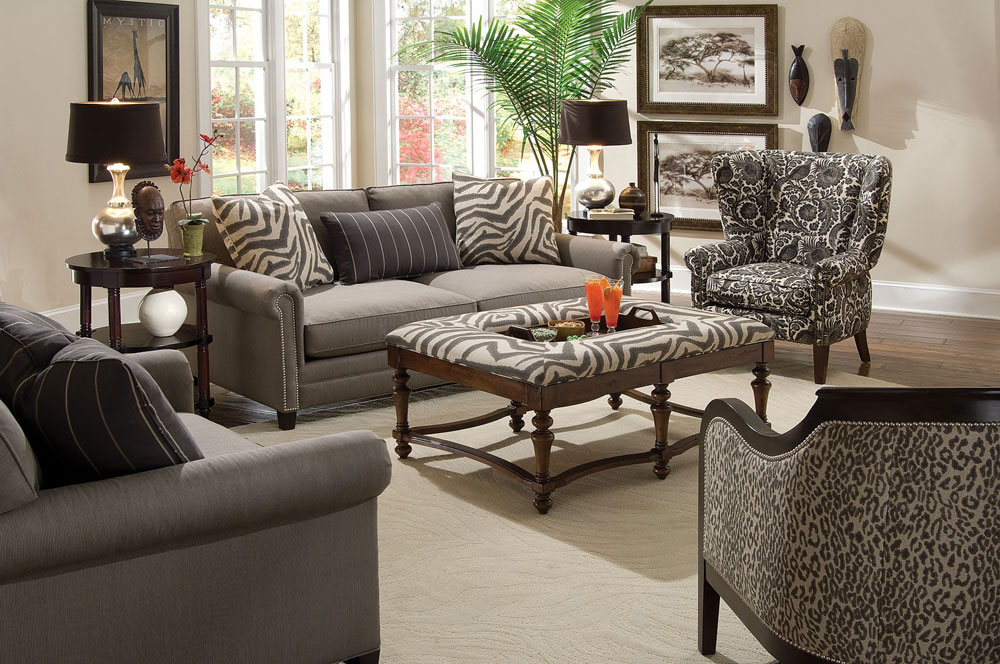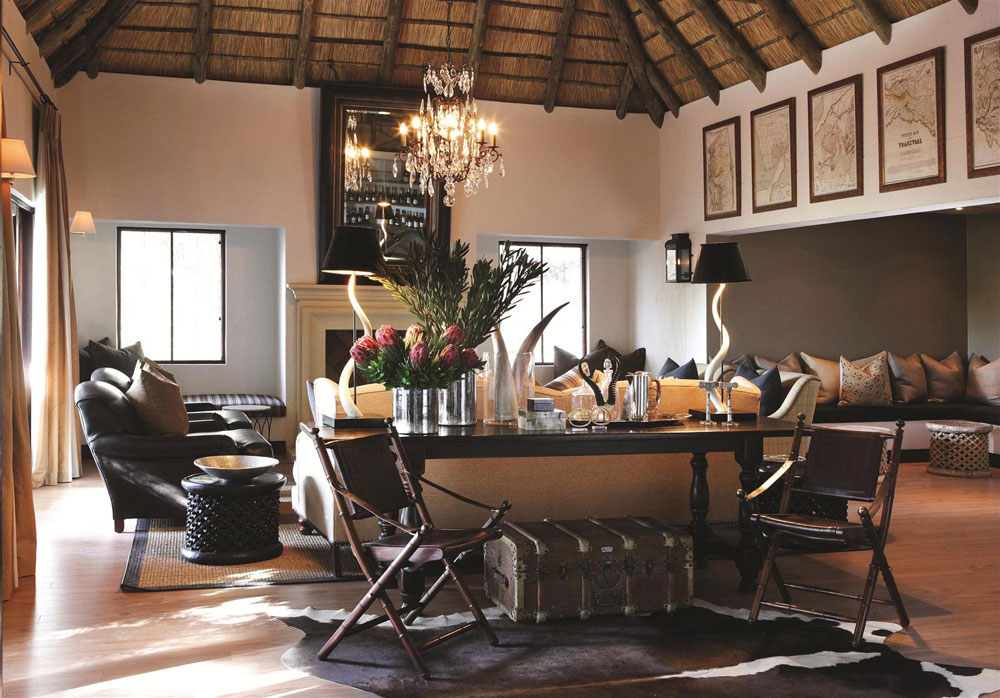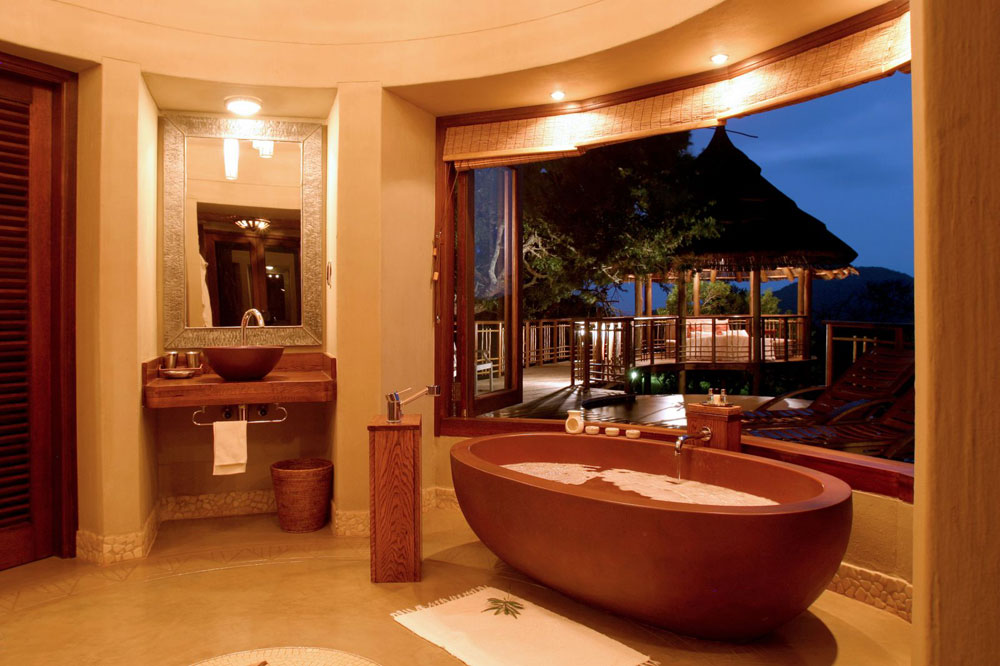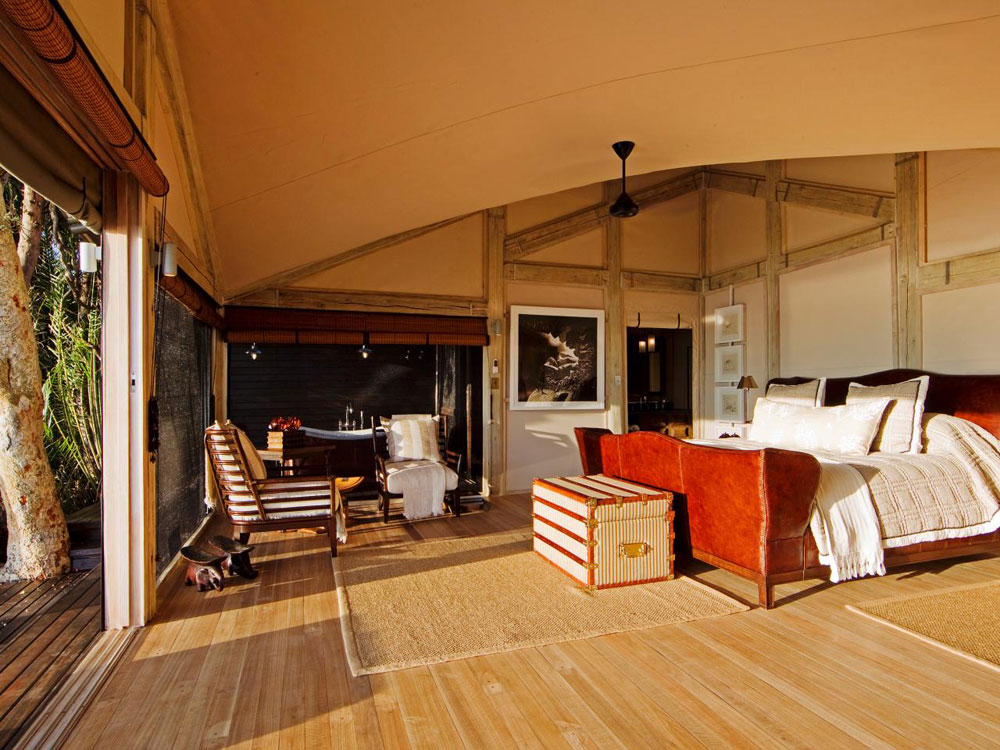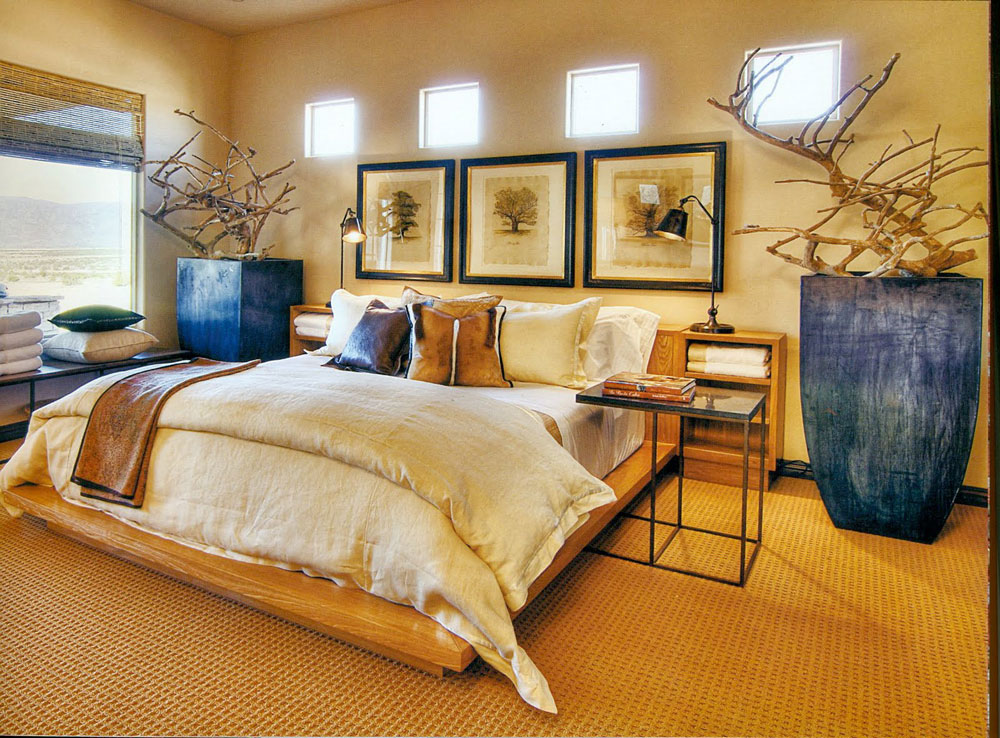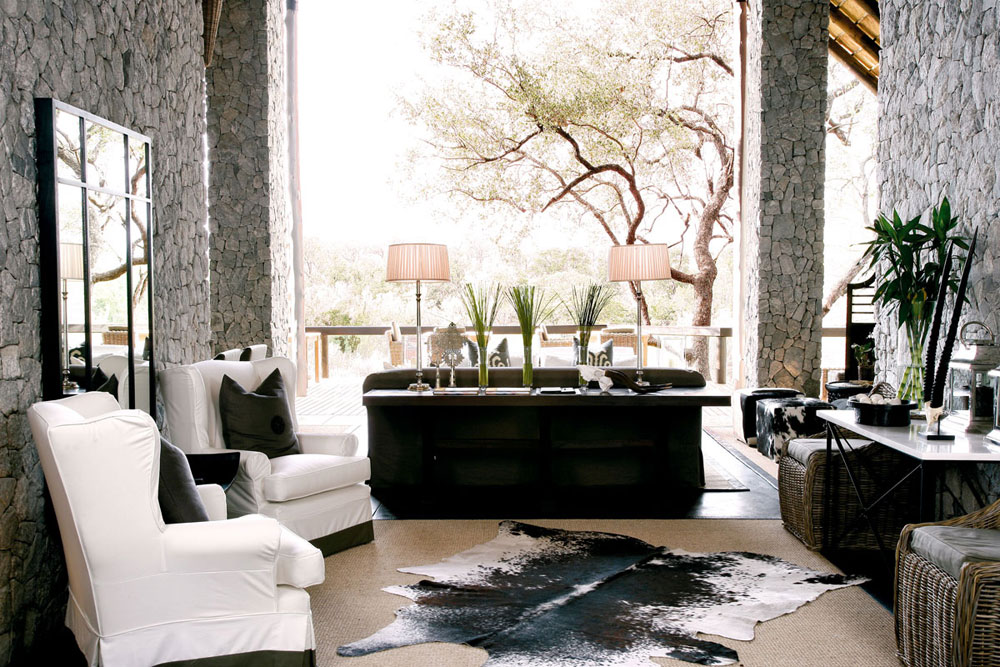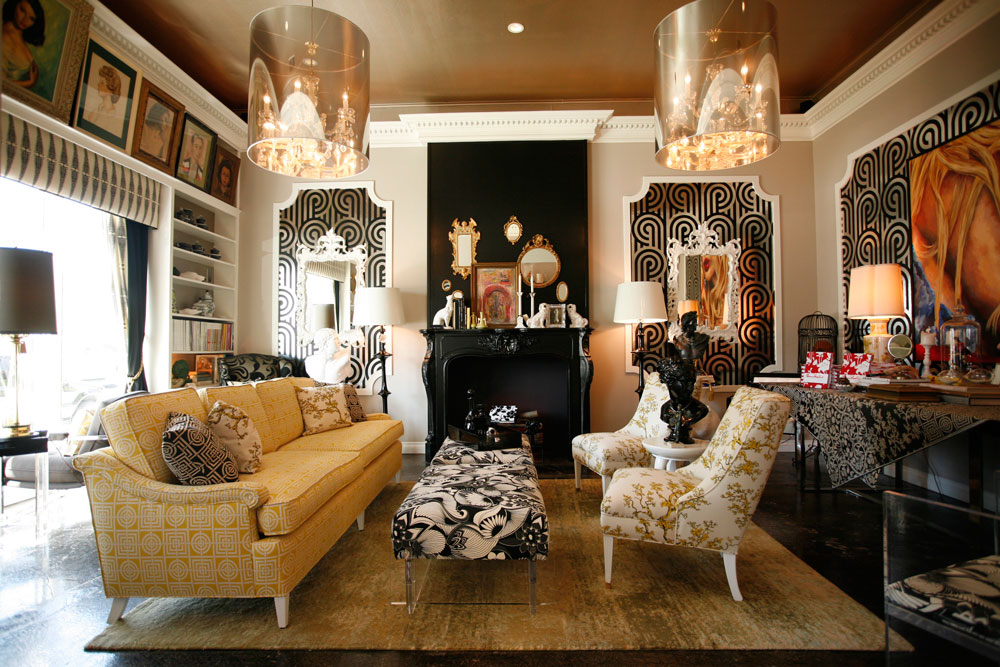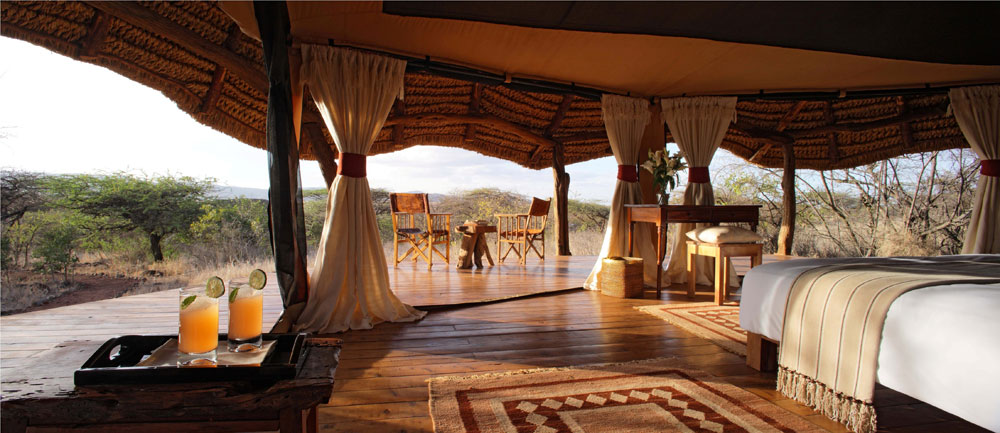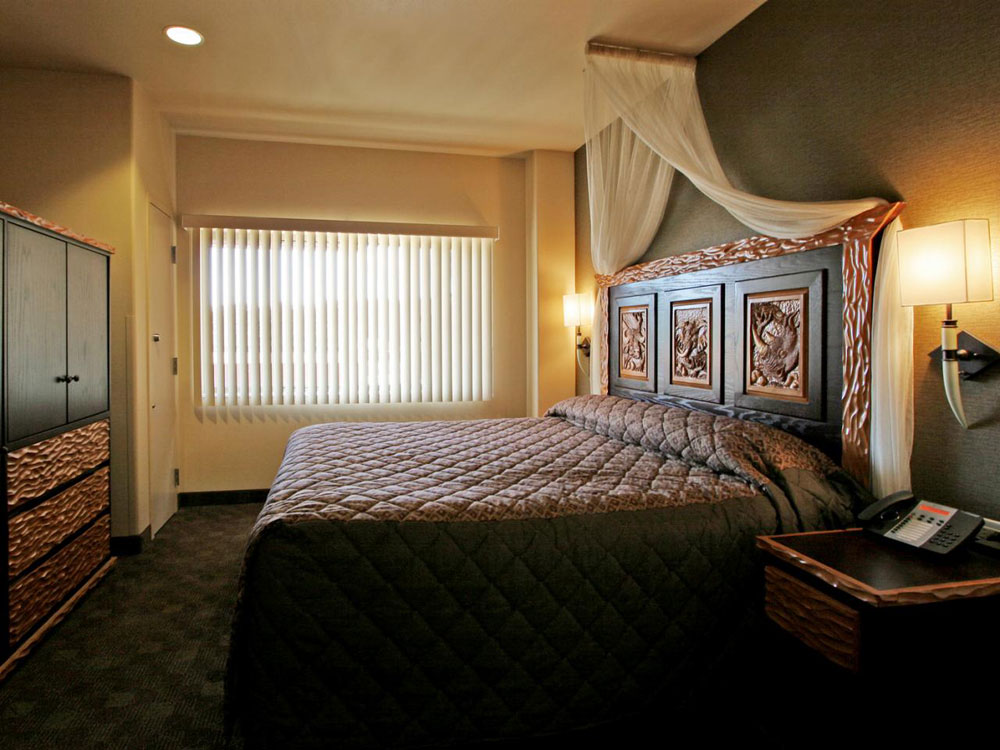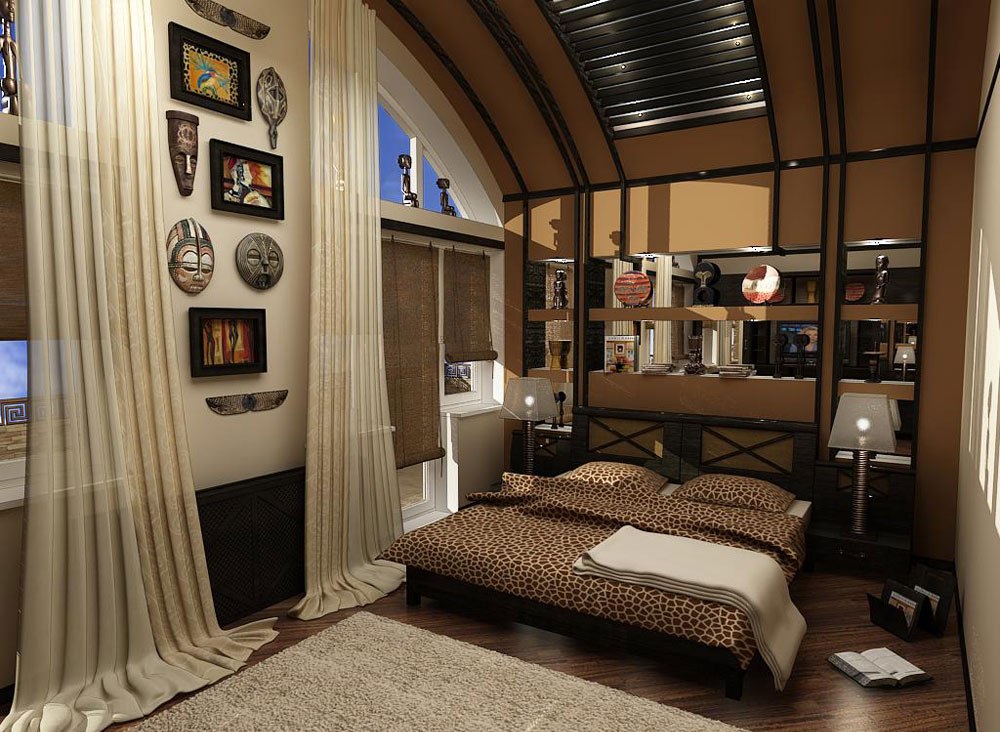Advertisement
It may surprise you to know that a vast majority of the world’s interior design inspirations come from only two major geographical locations. Oftentimes, we look at mainly western concepts that take inspiration from various European nations and the design styles that come from there, as well as the east, where some of the ideas are more exotic in nature.
One of the areas that is often largely ignored the most is the continent of Africa. Believe it or not, the African style is one that we come across less frequently than we would probably like to. Now, however, the time has come to put all aspects of African style interior design and African home decor into focus!
Africa is a rather large continent, stretching from countries such as Morocco and Egypt in the north all the way down to Namibia, Mozambique, and South Africa in the south. Each country certainly has its own unique kind of interior design style; however, interior design styles from this region typically incorporate tones that are more earthy and neutral that also contain splashes of color.
The decor of Africa is inspired mainly by nature, as well as colorful fabrics, wild animals, and various kinds of traditional wood carvings. There are a number of reasons that people seem to find themselves inspired by African-type designs, with some enjoying the thought of going on a safari to take photographs, while others simply enjoy the various cultural and historical perspectives of the region.
Regardless of what it is that inspires you the most, there are many different ways that you can utilize the African style into your own environment.
Utilizing design techniques that originate from foreign countries is not something that is so foreign to interior designers, as they have forever been using their own passports to come up with new and exciting ideas for their own projects. Perhaps the biggest and most popular trend right now is that of African-inspired interior design.
Colors that are both rich and deep, coupled with more natural components, are what you will find in most African-inspired designs, and all of which will add a sense of comfort to any space that they occupy. This particular style is more about using aspects such as earthy tones and natural materials rather than stuffing the head of some animal and mounting it above your fireplace.
LESS IS ALWAYS MORE
When it comes to decorating a space with contemporary African decor, never think that you have to fill a room with decorative masks, photographs, chairs, tables, or anything of that sort. In terms of flooring, consider installing tiles made of either terracotta or sandstone.
Additionally, you may also choose to opt for a plain concrete floor that has been stained, as this style is also one that is very popular throughout most parts of Southern Africa, mostly due to the fact that these floors remain cool in climates that are hot. If you choose to go with this type of flooring, consider placing down thick sisal mats on top of them. When it comes to your walls, they will work best when painted in neutral shades, such as beige, cream, or brown.
Alternatively, one or two opposite walls could be painted in colors that resemble rich clay or terracotta colors if you prefer. You may also wish to utilize textured paints, which is another popular aspect of African design. This is a paint that has a rough sandy-type texture to it once it has been applied to a surface.
AFRICAN-STYLE WARM COLORS
Since the African design style obviously originates from Africa, it’s no secret that the main colors of this style are more warm. Typically, you will see the following colors most of all:
- Yellow
- Ocher
- Orange
- Red
- Burgundy
- Brown
- White milk podton
As you can see, there are practically no cool colors in this style whatsoever. Using these warmer colors will tend to make any space feel like it is being filled with sunlight, even on cooler days, and especially in environments where the sun is barely seen much.
WALLS THAT ARE BRIGHT
You can enhance details in your African-type space with a brightly colored wall. Of course, it’s important to note that not everything in African-inspired interior design is bright and vibrant; however, this is something that can be changed when you highlight certain pieces with a wall that is painted in either a cherry or mango color.
At the same time, keep in mind how a more traditional African home looks. You will find that these are small huts covered with clay and other similar and affordable materials. This means that we should consider something similar in our own homes – of course, without literally using clay.
Consider using plaster that is normal or Venetian style, wallpaper that is more structural in nature, and mixtures that are embossed, which are designed to emulate different surfaces.
DECOR THAT IS MADE FROM MORE NATURAL MATERIALS
Items used for home decoration in Africa are made out of materials that are completely natural, such as straw, wood, clay, and leaves. When you search for decor to use in your own home decorated in the same style, you should consider selecting pieces that are also made out of completely natural materials to help keep with the flow.
For example, select woven blinds for your windows or wooden frames for your photographs that will hang on the walls.
Wood, regardless of which form it is in, is extremely important to the overall African design scheme. If you are looking to go for a more “full-fledged” look, then earthenware and artifacts are both great ways to help express the African theme of your home as best as possible.
Additionally, many tribes throughout Africa are very passionate about different kinds of arts and crafts, which is something else that you can also consider for yourself as well. For instance, think about a story that you like that is closely associated with the continent and display it either with wallpaper or a fresco in wet plaster.
AFRICAN FLAVOR THAT IS MORE SUBTLE
If you do something as simple as throwing down a rug that has zebra stripes on it, that does not, in any way, mean that you have adopted the African style into your home environment. However, by combining small bits of this style with another design style, you can actually still be very successful.
For example, you can also achieve a great African-type look by adopting a more tropical-type theme. This is a theme that will also allow you to incorporate more than just African aspects – you can also throw in a little Asian and South American as well!
ETHNIC DESIGNS AND MOTIFS ON TEXTILES
There are many people who are already very familiar with different types of African-style motifs, such as “Ornament ikat” and “Zebra Pattern,” mainly from things that they have either seen or read about.
These two motifs are generally seen as being the most popular; however, there are many others that contain different types of tribal figures that are rather ubiquitous in the overall decor, as they can be seen on pieces such as bed linen, draperies, and woven mats.
Over many centuries, women in many different African tribes have been the ones to weave various fabrics and carpets, many of them containing these very motifs on them. These pieces are seen as being very unique because the images contained on them were created practically on the spot. Textile firms, on the other hand, normally produce multiple pieces focusing on African themes, meaning that finding the most appropriate kinds of textiles is really not that easy.


